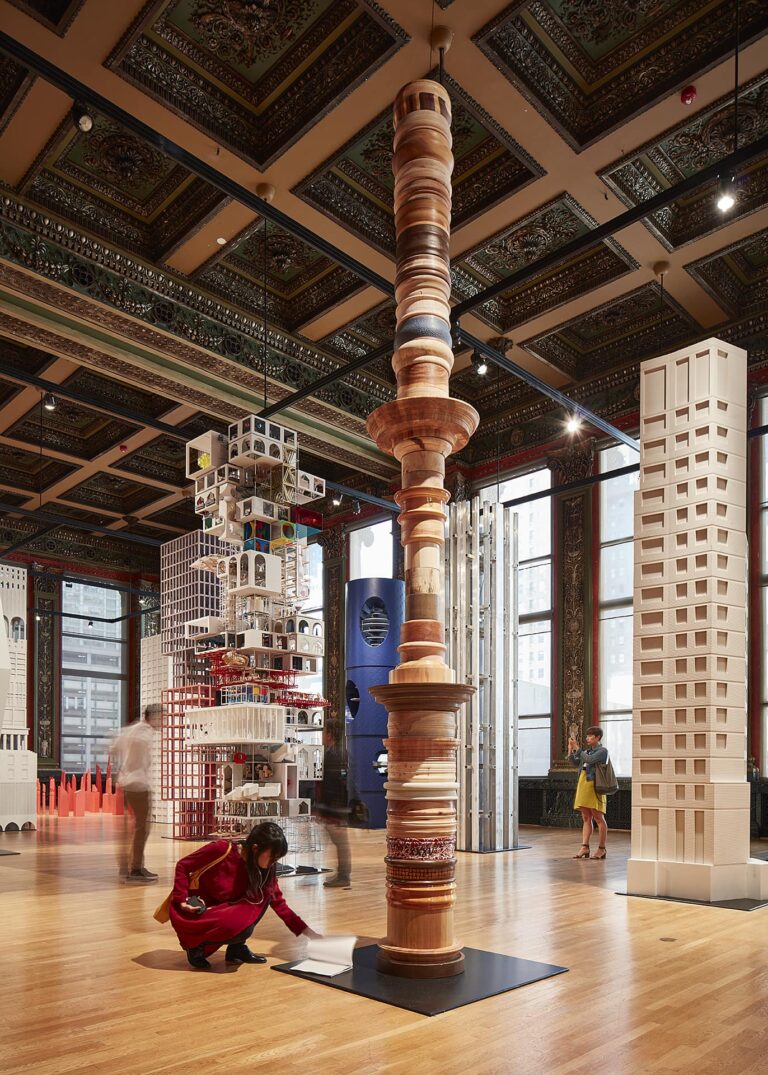
In her preface to The Death and Life of Great American Cities, urban advocate Jane Jacobs directs the reader to “look closely at real cities.” “The scenes that illustrate this book are all about us,” she writes. “While you are looking, you might as well also listen, linger and think about what you see.” (Note 1) I was reminded of Jacobs’s words with each viewing of Make New History, the second installment of the Chicago Architecture Biennial (CAB), which just closed its nearly four-month run this January.
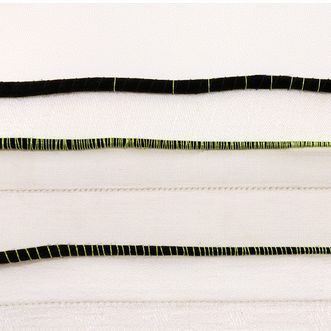
Throughout her prodigious work, Anne Wilson employs human hair and found cloth (damask fabrics, table linens, family heirlooms, remnants of clothing), as stand-ins for the body and as fragments of memory imbued with their own personal and collective histories.
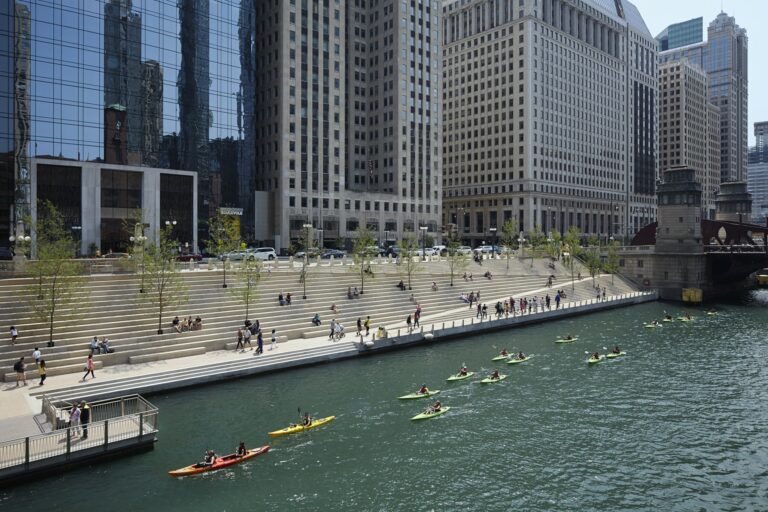
As I consider Chicago’s new Riverwalk, I am reminded of Bob Dylan’s oft-covered song “Watching the River Flow,” in which the song’s protagonist, lonely and alienated within an unidentified city, finds solace sitting along the sandy banks of an unidentified river. The song’s themes of inspiration and displacement, fostered by clashes between public and private, urban and nature, seem an appropriate metaphor for the inherent issues embedded within urban renewal projects that repurpose former industrial sites, including riverfronts, into green spaces.
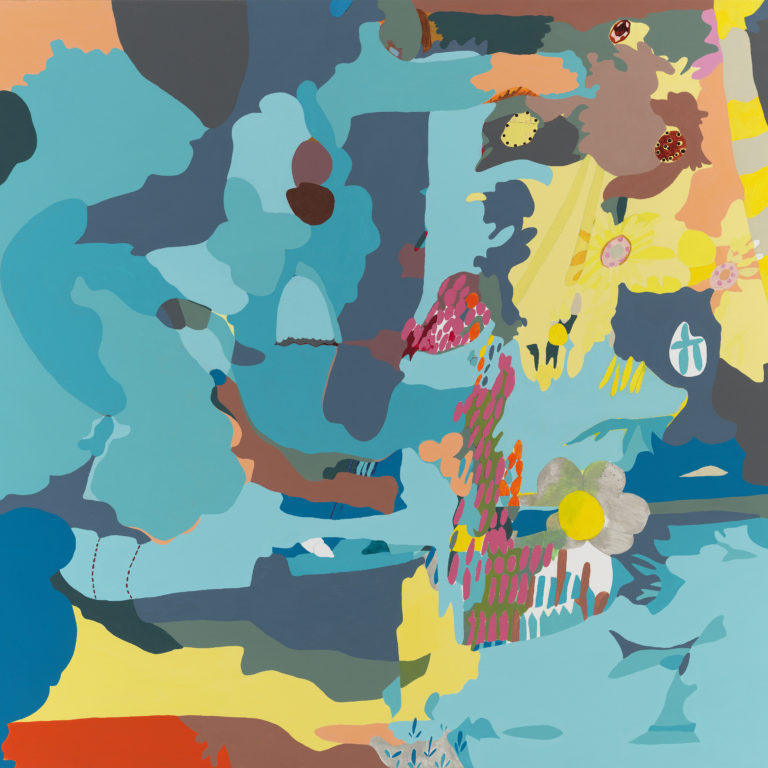
Painter Candida Alvarez is a storyteller who maps narratives of place, both the interior landscape of the self and the external world with its cacophony of colors, sounds, and images from which she endlessly samples and draws.
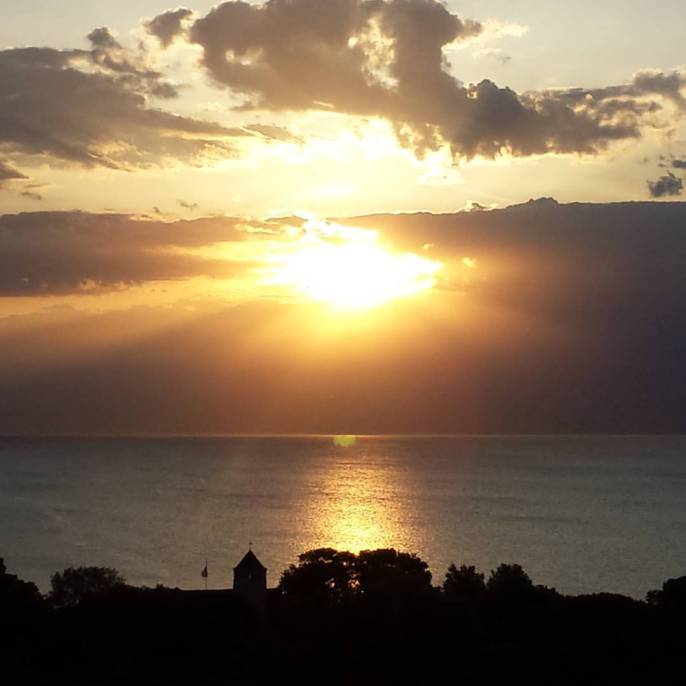
A part of my morning ritual is to check in with Facebook. Each day I am greeted by a picture of a sunrise posted by artist Barbara Koenen, who photographs the sun ascending over Lake Michigan from her apartment window in Chicago. Using her smartphone, she then posts her images on Instagram and Facebook, where followers Like, Comment, and Share. I have followed Koenen’s sunrises daily since she initiated her project two years ago, and have come to find there is surprising variation in each dawn.
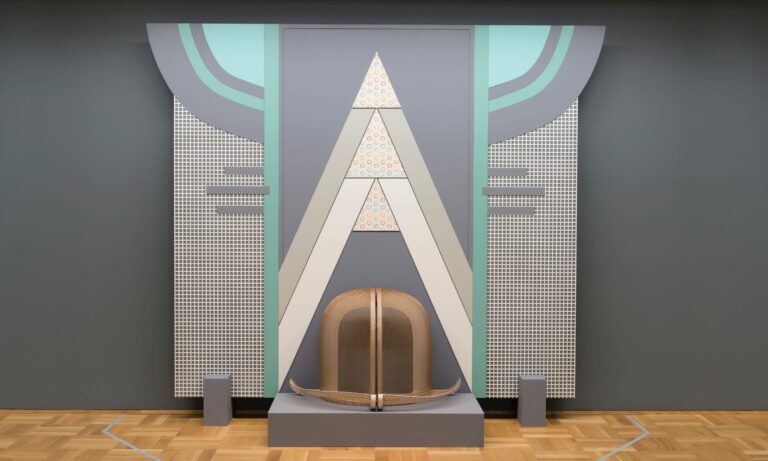
Both the work and the viewer are caught within a subtle warp of spatial dislocation, whereby two dimensions unfurl into three, and three dimensions fold into flatness.
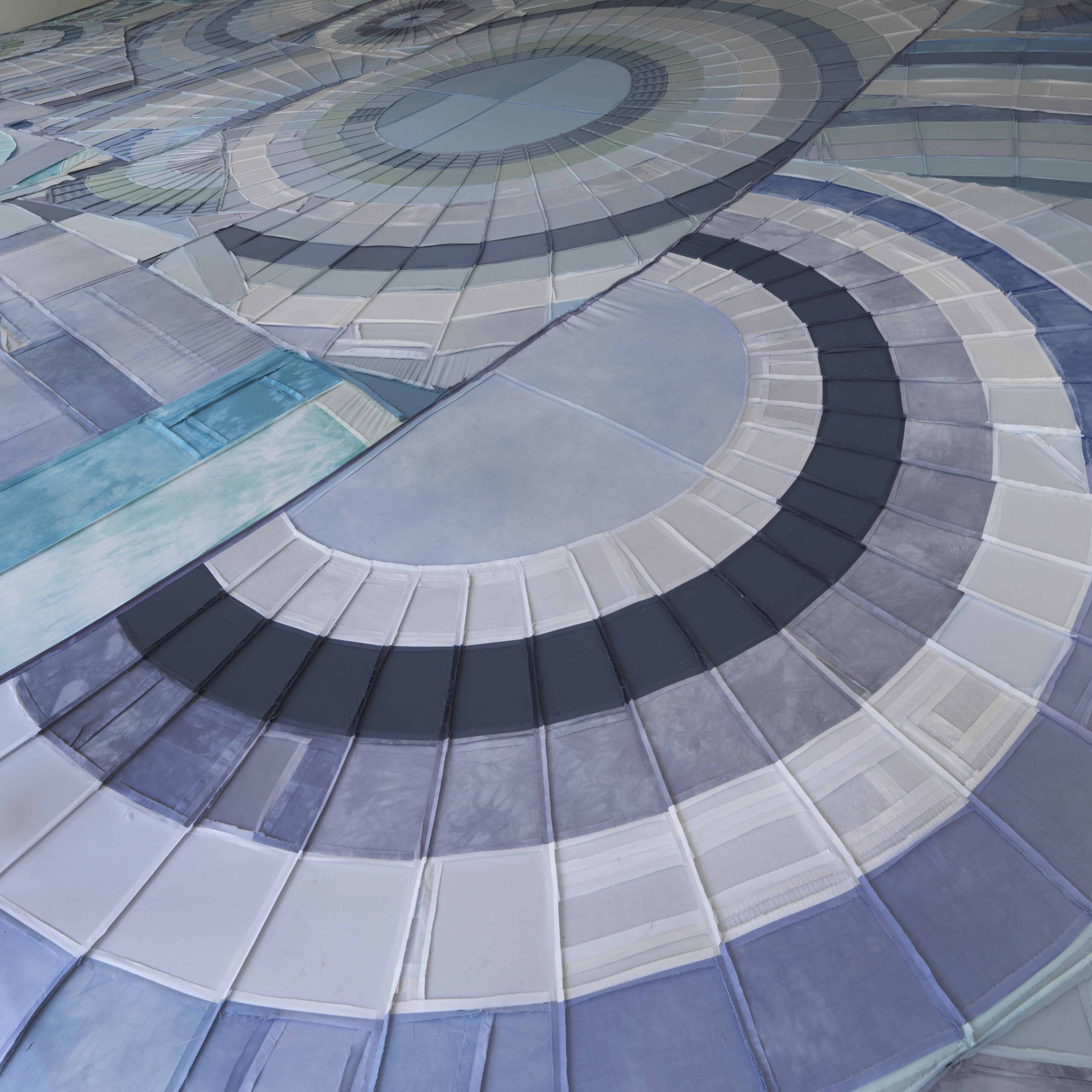
In her installation Shoretime Spaceline (2016), Karen Reimer distorts our perceptions of space and time: the sky becomes the sea, the sea becomes the sky, the present and past combine.
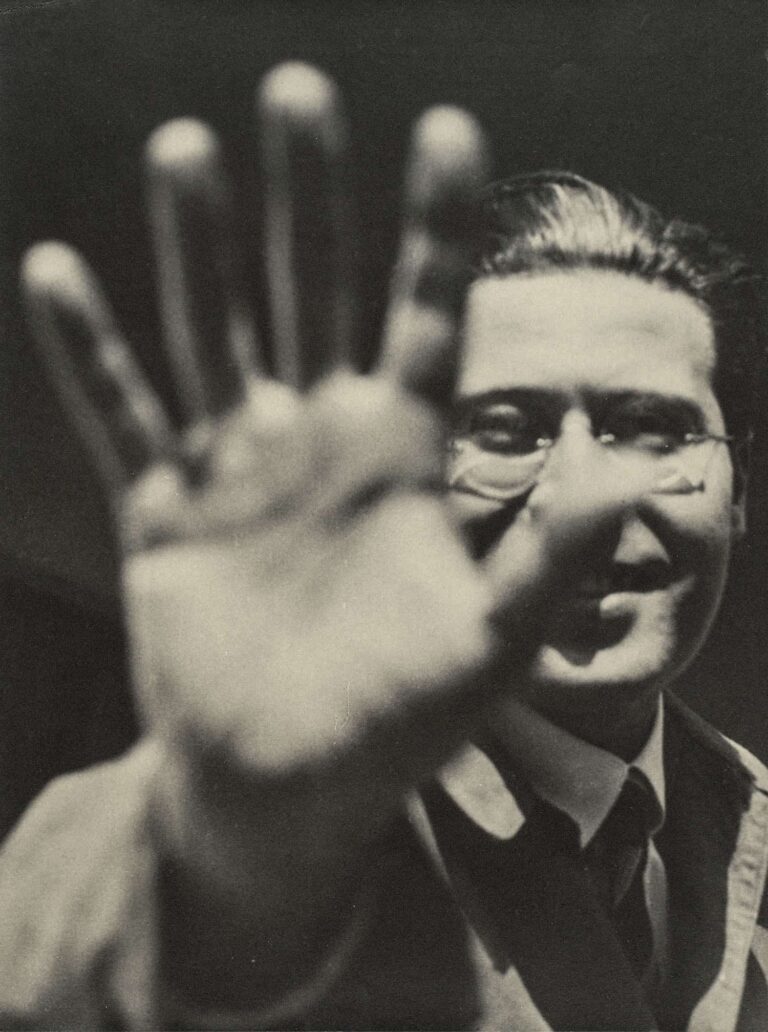
Moholy-Nagy: Future Present, the long overdue traveling retrospective of Hungarian-born artist and educator László Moholy-Nagy, is a timely testament to an artistic practice that was truly interdisciplinary, spanning seemingly every medium and ism, and to an aesthetic vision that saw the creative potential in every citizen.
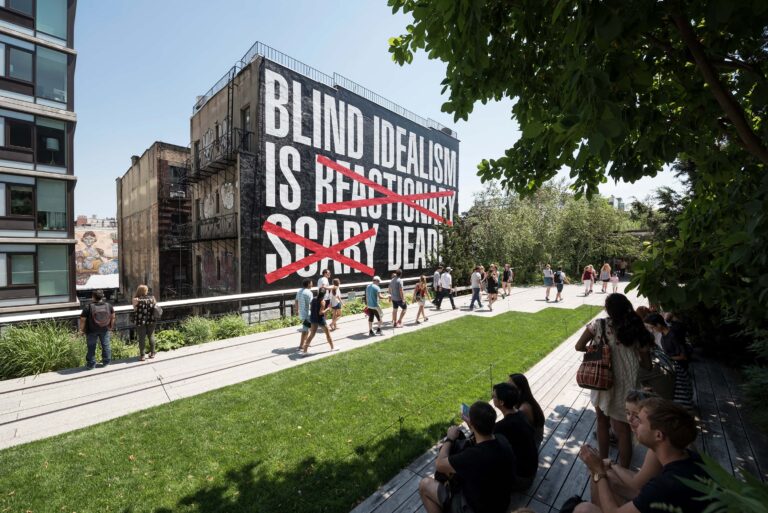
I walk a lot. I walk to get from one destination to another. I walk to clear a space in my head. I walk to connect to my neighborhood, to my city, and to those places less familiar. I have never been good at reading a map (or folding one), thus I often let my impressions and senses guide me, or when lost, ask others to point the way. There is a romance to walking, linked to our need to connect to nature and the physical environment, as well as our will to be alone.
As I am confronted with this blank page after the disastrous results of the election, I must admit I feel lost as to what I am supposed to do next. I can tell you how I feel; like others, I feel angry, betrayed, confused, afraid, but thankfully not alone. But now even those sentiments feel overused. There is a familiarity to this, not unlike the early aftermath of 9/11, when many of us in the art world questioned the importance of what we do and asked ourselves what is art’s role in times of uncertainty and struggle.
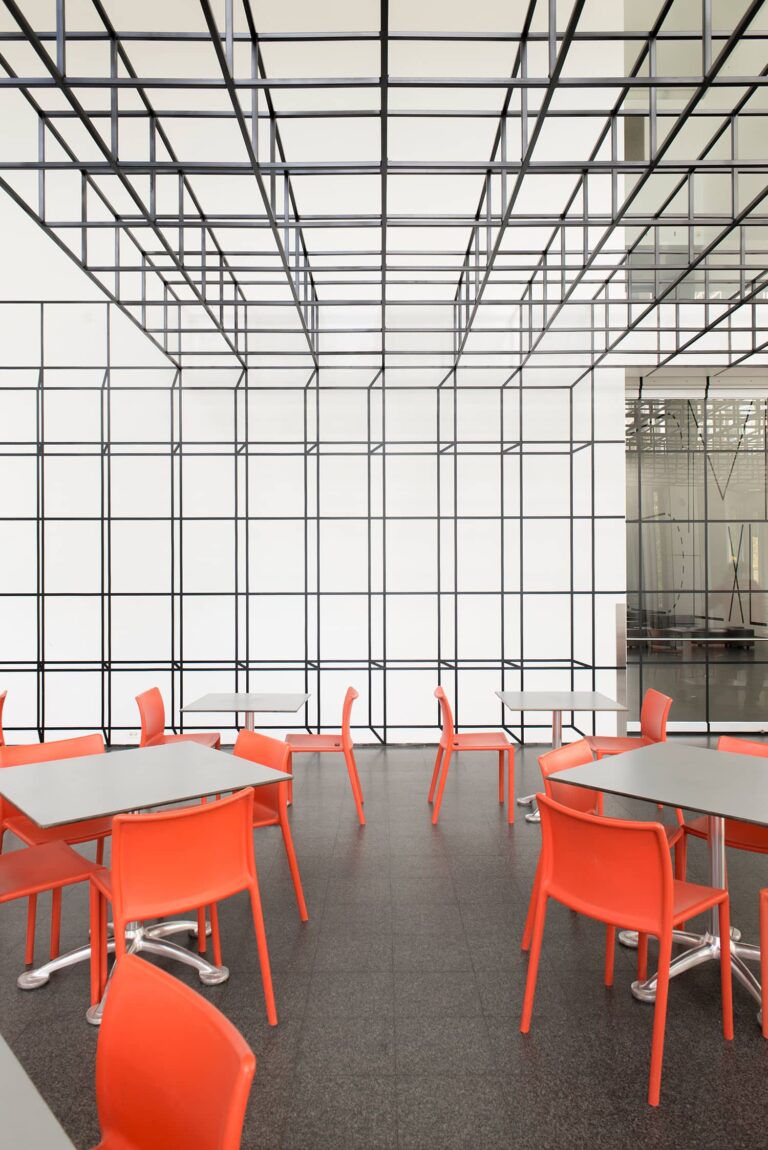
The recent announcement of the new artistic team to lead the 2017 Chicago Architecture Biennial (CAB) has prompted me to consider some of the political dynamics at play and to share a few ideas about what I think the next installment of CAB could be. Sharon Johnston and Mark Lee of the Los Angeles-based firm Johnston Marklee are its Artistic Directors, following 2015’s Sarah Herda and Joseph Grima, with Todd Palmer, of Chicago’s National Public Housing Museum, as Executive Director. Johnston Marklee brings an insider’s perspective to the project both as a participant in the inaugural biennial and as practicing architects.
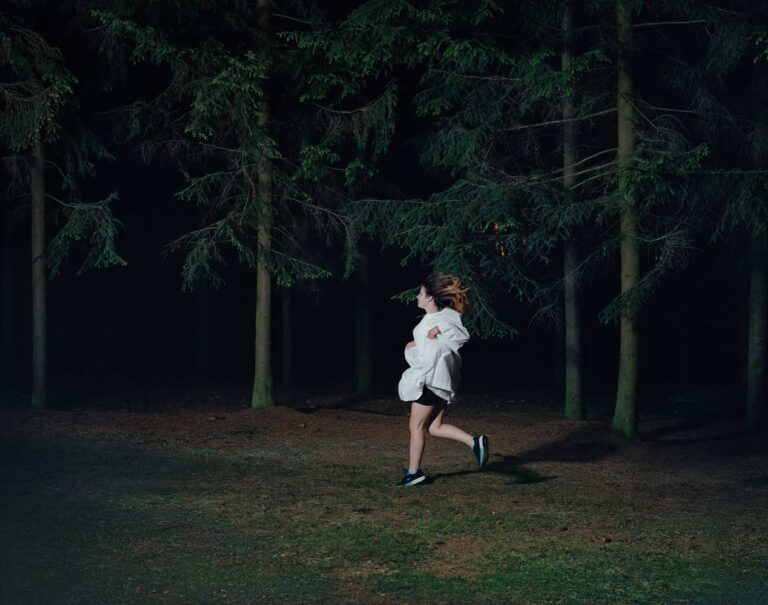
Compassionate is Lockhart’s immersive practice and commitment to her subjects, here the young women of Rudzienko’s Youth Center for Socio-Therapy, a boarding school for troubled girls, including Milena, whose longstanding friendship with the artist is the impetus for the works on view.










